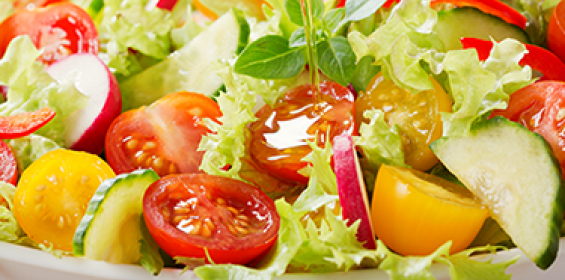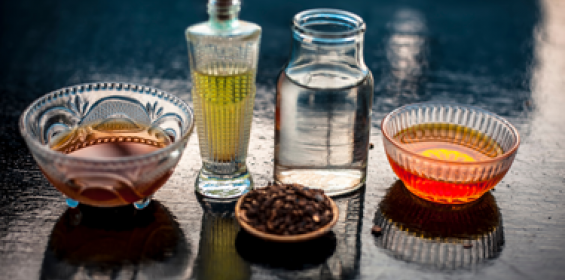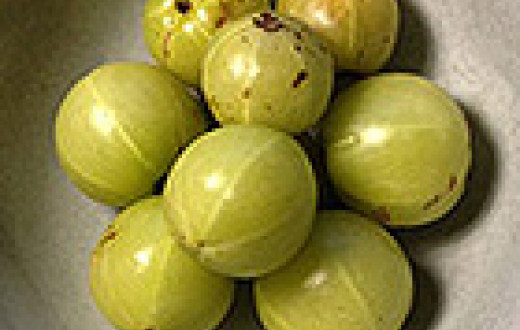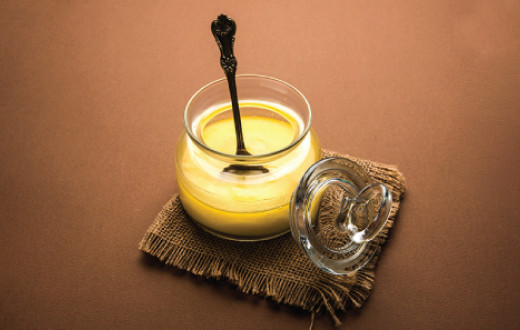Contrary to popular belief, diabetes is not a modern disease. The ancient scriptures of Ayurveda mention it under Prameha, a group of urinary diseases. It is described as a condition that causes frequent urination and increased sugar content in urine. Indeed, people in ancient times suffered from the condition. Perhaps in numbers fewer than the present. But can Ayurveda heal the ailment today as well?
Ayurveda for diabetes
Ayurveda, as a system of medicine, tends to the root cause of an illness. The same goes for diabetes. What are the root causes of diabetes that Ayurveda tends to? Diabetes is of two types with two different sets of causes.
- Type-1 Diabetes is an auto-immune disease where pancreatic cells get damaged and therefore, insulin is not created. The role of insulin is to allow glucose to enter the cells in the body.
- Type-2 Diabetes cases are those where insulin is created, but the body cannot utilize it. Glucose keeps rotating in the blood but is not absorbed by the body’s cells. 90% of diabetics suffer from Type-2 kind.
Based on the diagnosis and complications faced by an individual, four components of Ayurveda are employed to heal diabetes which include
- Individualized diet
- Lifestyle
- Prescription of relevant medicines
- Cleansing
Let us learn about each of the above remedial measures for the most commonly faced Diabetes - 2.
Diet
Diet plays a vital role in managing diabetes. Many patients believe in food myths like cutting off carbs and complete abstinence from desserts. But the fact is those complex carbs are good for you and you can comfortably have desserts made out of honey, dates, figs, and fruits. Such myths just add to the stress of following a diabetic-friendly diet and serve no real purpose.
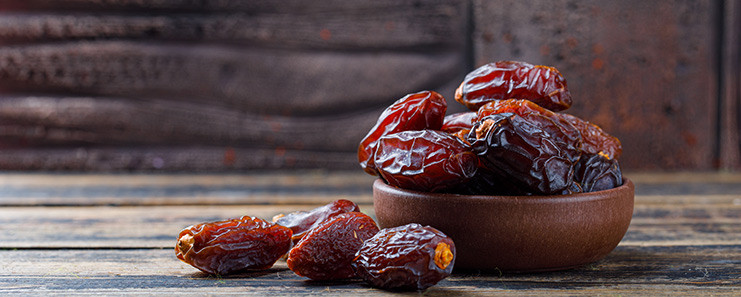
Include this in your Diabetic-friendly diet:
- Three or two times meals with fixed timings
- Churned buttermilk and tender coconut water
- Cooked vegetables and green leafy vegetables
- Broken wheat and millet
- Special food items like bitter gourd, Indian gooseberry, etc.
Avoid
- Refrigerated, deep oily fried, salty, spicy, and canned food items.
- Maida, curd, paneer, cheese, sugar, and sour foods.
- Reduce excess usage of potato, cauliflower, green peas, rajma (kidney bean), channa (chickpea), peanut, and maida (white flour) products.
- Fatty foods with saturated and trans fats
Lifestyle
A lifestyle free from stress contributes to the effective healing and management of diabetes. Include
- Yoga: There are specific yoga postures and breathing exercises that help in managing diabetes better.
- Sudarshan Kriya: While diabetes raises the risk for heart disease, the Sudarshan Kriya breathing technique helps protect the heart with reduced blood pressure and cholesterol levels. The technique is also proven to reduce stress significantly.
- 7-8 hours of quality sleep: In a study on 4,000 people, it was noted that those who got less than 6 hours of sleep were twice more likely to have diabetes or have cells that are less sensitive to insulin.
- Eat early, sleep early: There is a direct link between not following the circadian rhythm and developing insulin resistance. Studies show that being awake at night makes cells resistant to insulin.

Medicines
It is best to consult an Ayurvedic Vaidya for medicines. An Ayurvedic practitioner prescribes a unique set of medicines based on your condition and body constitution. If you are following an allopathic prescription, it is advisable to taper them under the proper guidance of an Ayurvedic practitioner. There should be a gap of two hours between both kinds of medicines.
Cleansing
Depending on your condition and symptoms, your Ayurvedic practitioner can recommend one or more Ayurveda Panchakarma procedures, such as
- Abhyanga is a warm oil massage. The oil is often premedicated with herbs for specific conditions.
- Bashpasweda is a steam chamber in which the patient sits while steam emanates from a boiling herbal decoction.
- Vamana (induced vomiting) is targeted to expel increased Kapha dosha from the body.
- Virechana involves intaking plant medicines with a laxative effect, mainly aimed at reducing pitta dosha and toxic accumulation in the gastrointestinal tract, liver, and gallbladder.
- Yogavasti is a type of medicated oil introduced in the colon by enema, reducing the extra Vata dosha in the body. Vata is the force behind the elimination and retention of feces, urine, bile, and other excreta.
Written by: Vanditaa Kothari
With inputs from Abhishek Vaidya, Sri Sri Tattva
Yes. Under the supervision of an Ayurvedic practitioner and holistic measures spanning diet, lifestyle, and medicines, diabetes can be reversed.
No, when you immediately stop allopathic medicines, sugar levels increase.
Keep a gap of two hours between both medicines.
Yes, an Ayurvedic physician can recommend proper treatment for the same.
Only consuming Ayurvedic medicines will not help. It needs to be supplemented with dietary and lifestyle measures.





